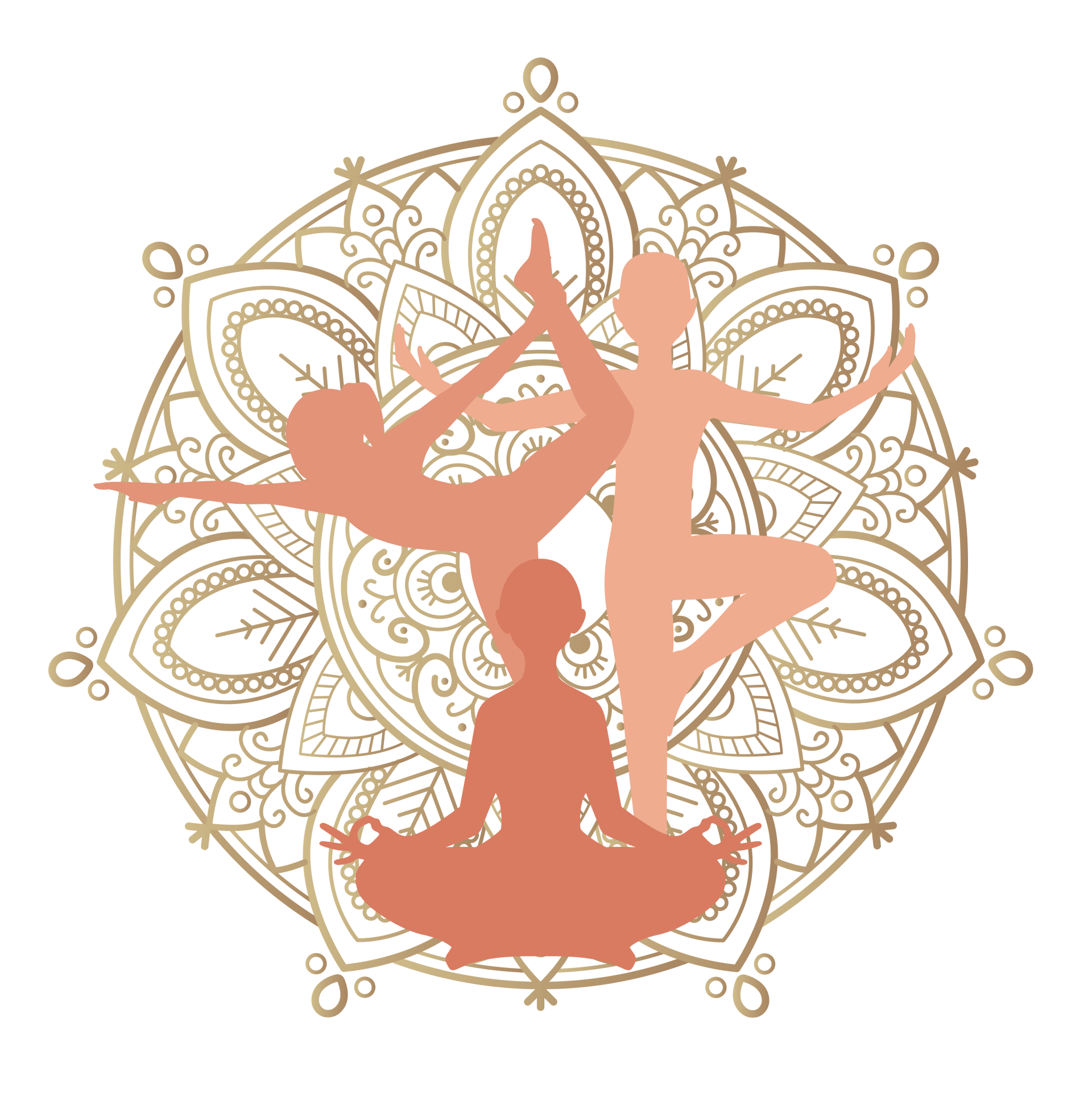🧠 Smart Yoga Starts Here ✨
🧠 Smart Yoga Starts Here ✨
🔍
Why Should You Integrate Anatomy into Yoga Teaching?
1. To Teach Safely
A misalignment, an ill-adapted posture — and injury can follow. When you understand joints, muscles, and the body’s natural limits, you can:
- prevent pain or overuse injuries;
- offer relevant and personalized cues;
- spot contraindications based on different bodies and health conditions.
2. To Offer Truly Adapted Yoga
Every body is different. Too often, we chase the “perfect pose,” when in reality, there is no one-size-fits-all shape. Functional anatomy helps you:
- respect each student’s natural range of motion;
- identify structural variations (like pelvic tilt);
- adapt the pose to the person, not the other way around.
3. To Build Credibility
A yoga teacher who understands the body earns trust. You're no longer repeating a memorized sequence — you're guiding with awareness, answering questions with clarity, and standing strong in your teaching voice.
🧘♀️
The 4 Key Systems to Know
🦴 1. The Musculoskeletal System
This is your foundation: bones, muscles, tendons, joints. Knowing this system allows you to:
- recognize which muscles are working or stretching in each pose;
- understand the types of muscle contractions (concentric, eccentric, isometric);
- avoid compression or poor joint alignment.
🧠 2. The Nervous System
It governs movement, breath, relaxation, and balance. It plays a key role in:
- grounding and balancing postures;
- stress management (thanks to the parasympathetic system);
- the deep effects of meditation.
🌬 3. The Respiratory System
Conscious breathing is the soul of yoga. When you understand the diaphragm, gas exchange, and respiratory mechanics, you can:
- deepen your pranayama practice;
- guide students toward a fluid, connected breath.
🕸 4. The Fascial System
Fascia — connective tissues surrounding everything in the body — influence mobility, posture, and pain. In Yin Yoga and deep stretching, working with fascia is essential.
🎓
How to Integrate Anatomy into Your Practice
You don’t need to be a physiotherapist to understand the body. Start with simple, powerful steps:
- Move with awareness. Learn through your own sensations on the mat.
- Use visual tools. Anatomy charts, 3D apps, and videos help you "see under the skin."
- Break down poses. Study muscular engagement, points of tension, and key alignments.
- Link movement to feeling. What happens when you open your chest? What do you feel when you engage your core?
- Observe your students. Each body teaches you something — mobility, posture, compensations. It all sharpens your teacher’s eye.
🧩 Anatomy as a Tool for Compassionate Teaching
Teaching yoga is not about leading sequences on autopilot.
It’s about
guiding living bodies, unique breath, and present awareness.
Anatomy gives you the tools to:
- teach with clarity,
- adjust with respect,
- and create a safe space where every student feels seen and supported.
That’s smart yoga.
✨ Key Takeaways
- Anatomy isn’t just for doctors or movement specialists.
- It’s a key tool to teach yoga intelligently, safely, and with integrity.
- When you understand the body, you become a more mindful, respectful, and effective teacher.
💬 What Role Does Anatomy Play in Your Practice?
Do you want to deepen your understanding of the body to enrich your teaching and support your students with more confidence?
Smart yoga starts here.
🪷 Ready to Go Deeper into Conscious Teaching?
At YogaDanse.eu, we support you in exploring the living body to elevate your teaching.
Because great yoga teachers don’t just lead poses — they feel, understand, and adapt with wisdom.
🌟 Master the fundamentals of anatomy to build inspiring and safe sessions
🌟
Step into your teacher’s role with embodiment and care
🌟
Access concrete tools to teach with intelligence, kindness, and clarity
📖 Discover all our trainings here: www.yogadanse.eu
Namaste 🪷
And thank
you for guiding with awareness, respect for the body, and radiant presence ✨






